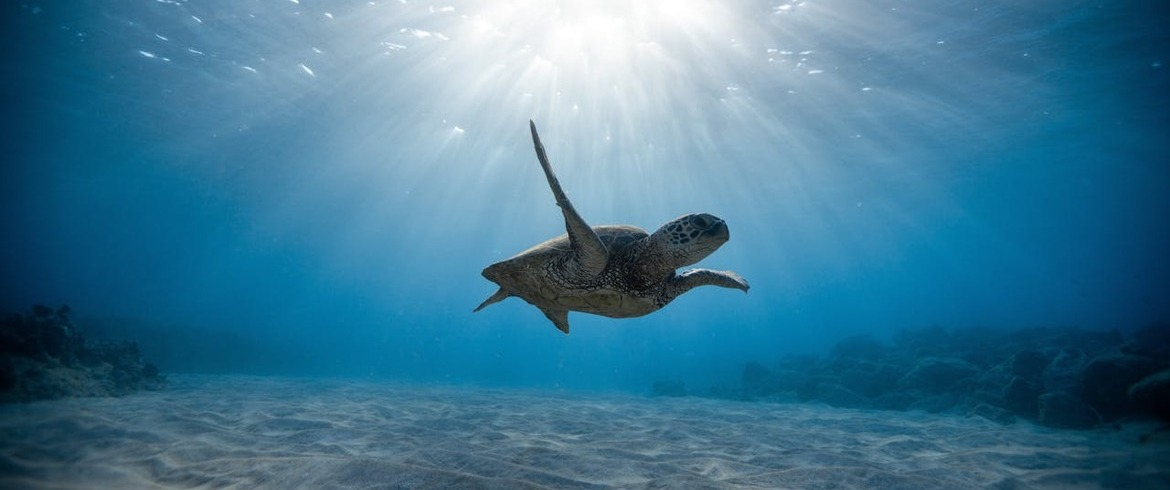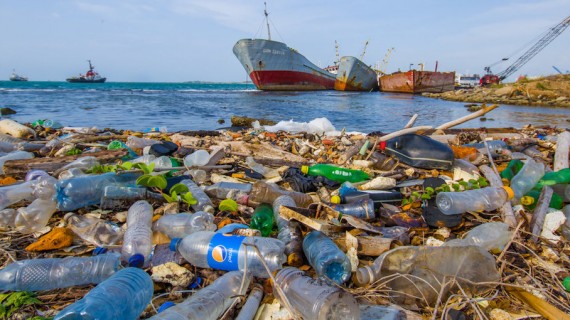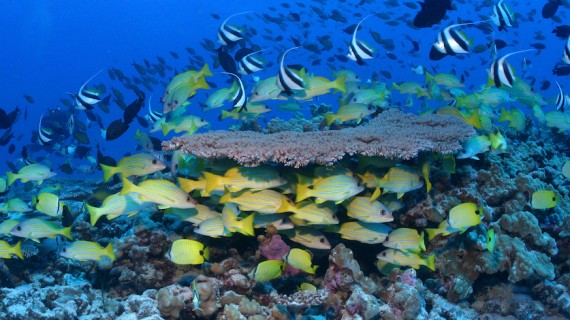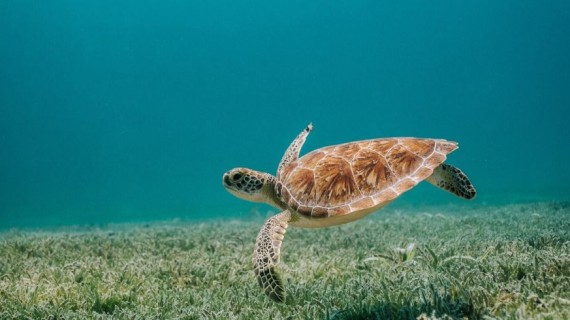South Florida’s marine ecosystem is vibrant and diverse, home to beautiful coral reefs, unique aquatic species, and critical habitats supporting the region’s natural balance. As development, pollution, and climate change continue to threaten this delicate ecosystem, it’s more important than ever for individuals to take steps to help protect and preserve it. Whether you’re a resident or a visitor, your actions can significantly impact the health of these precious waters. Let’s explore how you can contribute to safeguarding South Florida’s marine ecosystem in a way that is both informative and accessible.
Understanding the Importance of South Florida’s Marine Ecosystem
South Florida’s marine ecosystem is much more than a beautiful backdrop for beachgoers and snorkelers. It plays a vital role in the health of the planet. The region’s coral reefs provide habitat for thousands of species, support the local fishing industry, and act as natural barriers that protect coastal areas from storm surges. Seagrass beds and mangrove forests also help filter water, absorb carbon dioxide, and prevent shoreline erosion. The ecosystem is interconnected, meaning that damage to one part affects the whole system, leading to broader environmental consequences.
Reducing Your Carbon Footprint to Help Marine Life
One of the most significant threats to South Florida’s marine ecosystem is climate change, driven largely by carbon emissions. Warmer ocean temperatures can lead to coral bleaching, which weakens and can kill coral reefs, making them more susceptible to disease. You can help mitigate these effects by reducing your carbon footprint. This can be as simple as driving less, conserving electricity, and supporting renewable energy sources. Every small action contributes to reducing greenhouse gas emissions, which in turn helps protect the marine environment.
Supporting Sustainable Seafood Choices
Overfishing has put many species in South Florida’s waters at risk. By making informed choices about the seafood you consume, you can support the health of the ocean’s biodiversity. Choose sustainably sourced seafood, look for certification labels, and avoid species that are overfished or harvested in ways that harm other marine life. Restaurants and markets that offer sustainably caught seafood are becoming more common, and your consumer choices can drive this demand further. In doing so, you help protect fish populations and ensure that future generations can enjoy the richness of the ocean.
Avoiding Single-Use Plastics and Reducing Ocean Pollution
Ocean pollution, particularly plastic waste, is another major threat to South Florida’s marine life. Marine animals often mistake plastic for food, which can lead to injury or death. By avoiding single-use plastics like straws, bags, and water bottles, you reduce the amount of plastic waste that ends up in the ocean. Opt for reusable alternatives whenever possible, and support companies that prioritizes eco-friendly packaging. Participating in local beach cleanups can also help remove debris that harms marine life. Every piece of plastic you keep out of the ocean makes a difference.
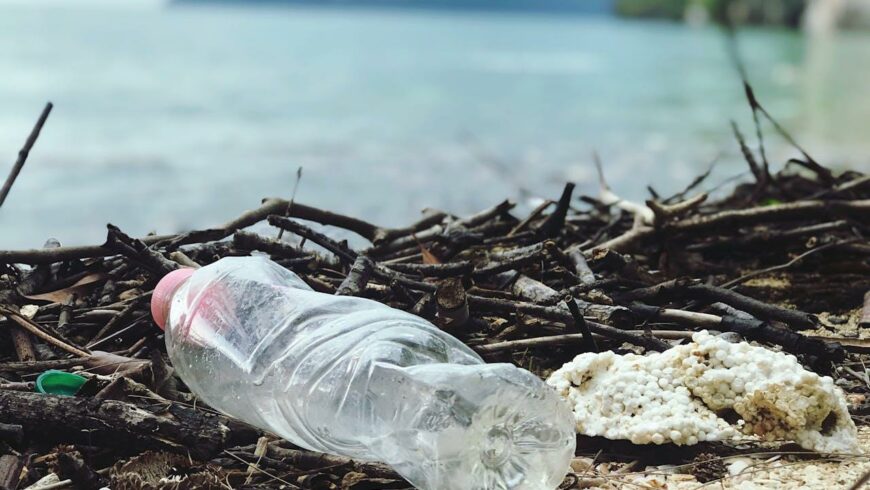
Choosing Eco-Friendly Sunscreens to Protect Coral Reefs
Many sunscreens contain chemicals like oxybenzone and octinoxate, which can damage coral reefs and other marine life. When you swim or snorkel, these chemicals can wash off and pollute the water. To protect South Florida’s coral reefs, choose reef-safe sunscreens made with non-nano zinc oxide or titanium dioxide, which do not harm marine ecosystems. By switching to eco-friendly sunscreen, you contribute to preserving coral reefs and the countless species that depend on them.
Supporting Coral Restoration Programs
Coral reefs are the backbone of South Florida’s marine ecosystem, but they are under severe threat from climate change, pollution, and overfishing. Fortunately, there are ongoing coral restoration efforts that you can support. Many local organizations work to restore damaged reefs by growing coral fragments in nurseries and transplanting them onto the reef. These programs rely on donations, volunteers, and public awareness to succeed. By supporting or volunteering with these initiatives, you can play a direct role in helping to revive coral populations.
Being a Responsible Boater
Boating is a popular pastime in South Florida, but it can also cause significant damage to marine ecosystems if not done responsibly. Anchors can destroy coral reefs, and boat propellers can damage seagrass beds. If you’re a boater, practice eco-friendly boating by using designated anchor zones, avoiding shallow areas with sensitive habitats, and ensuring your boat is properly maintained to prevent fuel and oil spills. Respect no-wake zones and wildlife areas to avoid disturbing marine animals. By being mindful of the water, you help preserve the habitats that marine life depends on.
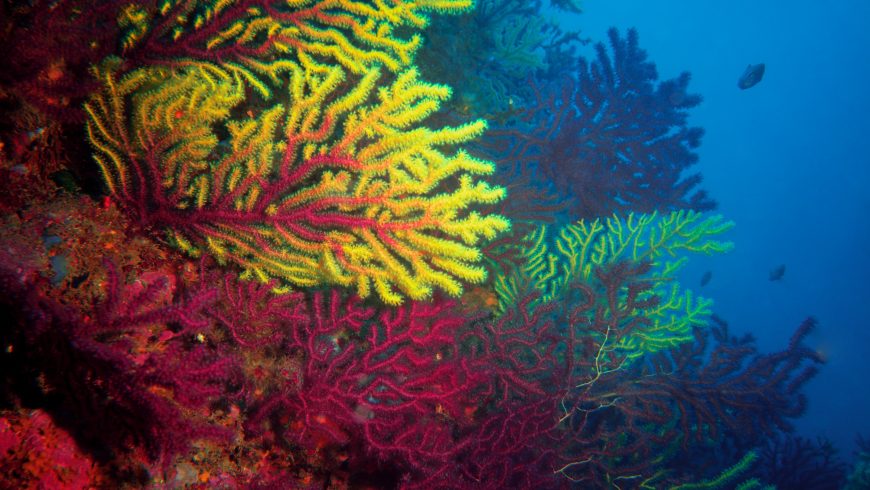
Protecting Mangrove Forests and Seagrass Beds
Mangrove forests and seagrass beds are vital to the health of South Florida’s marine ecosystem. They provide breeding grounds for fish, filter pollutants from the water, and protect the coastline from erosion. However, these areas are often threatened by development and pollution. You can help protect these essential habitats by supporting conservation efforts and opposing developments that would destroy them. Additionally, when spending time near these ecosystems, avoid disturbing them by trampling seagrass or cutting through mangrove roots.
Educating Yourself and Others About Marine Conservation
One of the most powerful ways to protect South Florida’s marine ecosystem is through education. The more you know about marine life’s challenges, the more equipped you are to take meaningful action. Attend workshops, read articles, and follow conservation groups to stay informed. Share what you learn with others in your community or on social media. Public awareness is critical for driving policy changes and funding to protect the marine environment. By educating yourself and advocating for marine conservation, you contribute to long-term preservation efforts.
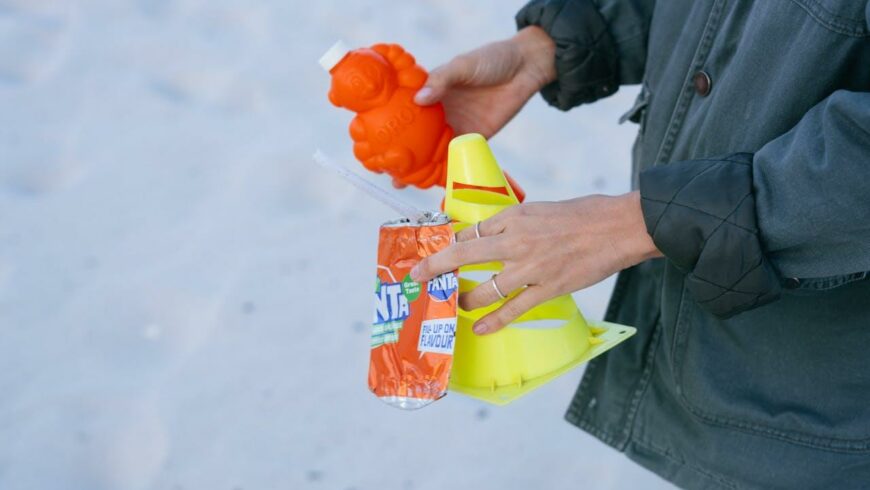
Supporting Marine Protected Areas
Marine protected areas (MPAs) are sections of the ocean where human activity is restricted to help conserve marine ecosystems. South Florida has several MPAs, but more protection is needed to ensure the long-term health of the ocean. You can support MPAs by advocating for their expansion and compliance with regulations. Additionally, when visiting MPAs, follow guidelines to minimize your impact. Supporting protected areas helps ensure that the marine ecosystem remains vibrant and resilient for future generations.
Conclusion
In conclusion, protecting South Florida’s marine ecosystem requires a blend of individual responsibility and community action. From choosing sustainable seafood to supporting coral restoration programs, countless ways exist to make a positive impact. By staying informed and making eco-friendly choices, you help preserve this vital ecosystem for future generations.

Author’s bio: Melissa is a passionate writer and environmental advocate who loves sharing conservation and sustainable living tips. Her work has been featured in numerous publications, including pieces on relocation and lifestyle, where she often recommends reliable services like Pro Movers Miami. When she’s not writing, she enjoys exploring nature and supporting local eco-initiatives.
